Meet our craftsmen
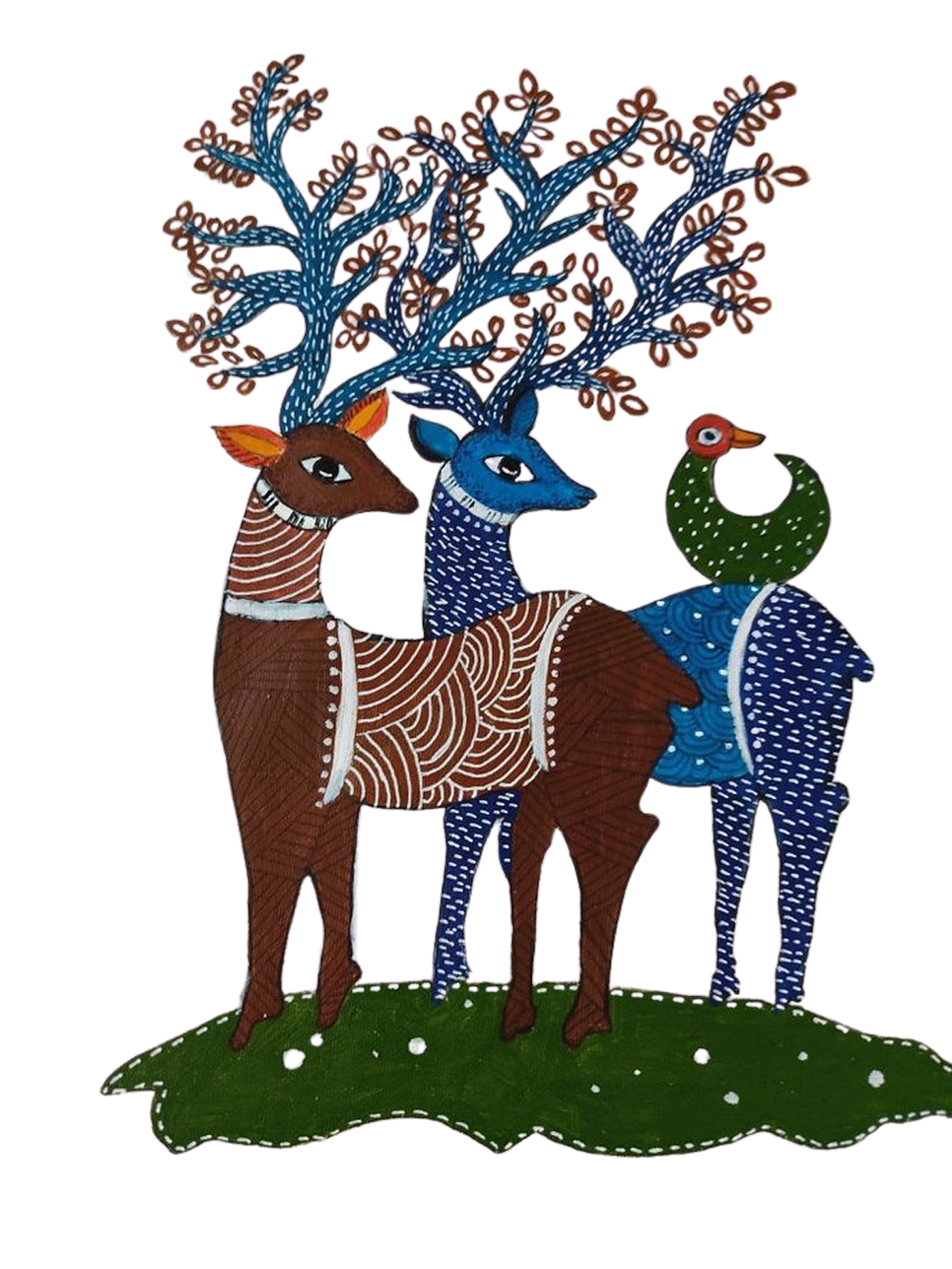
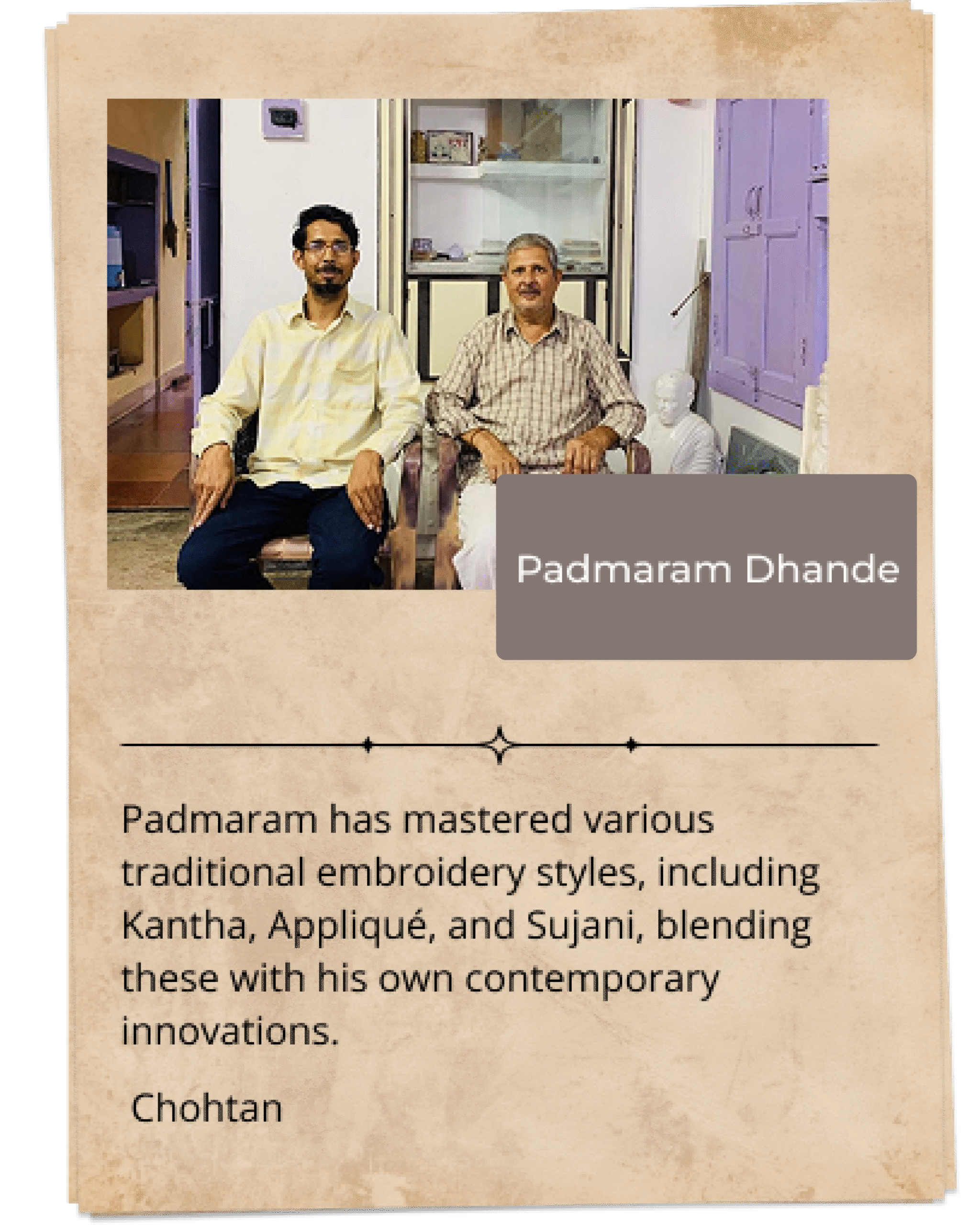
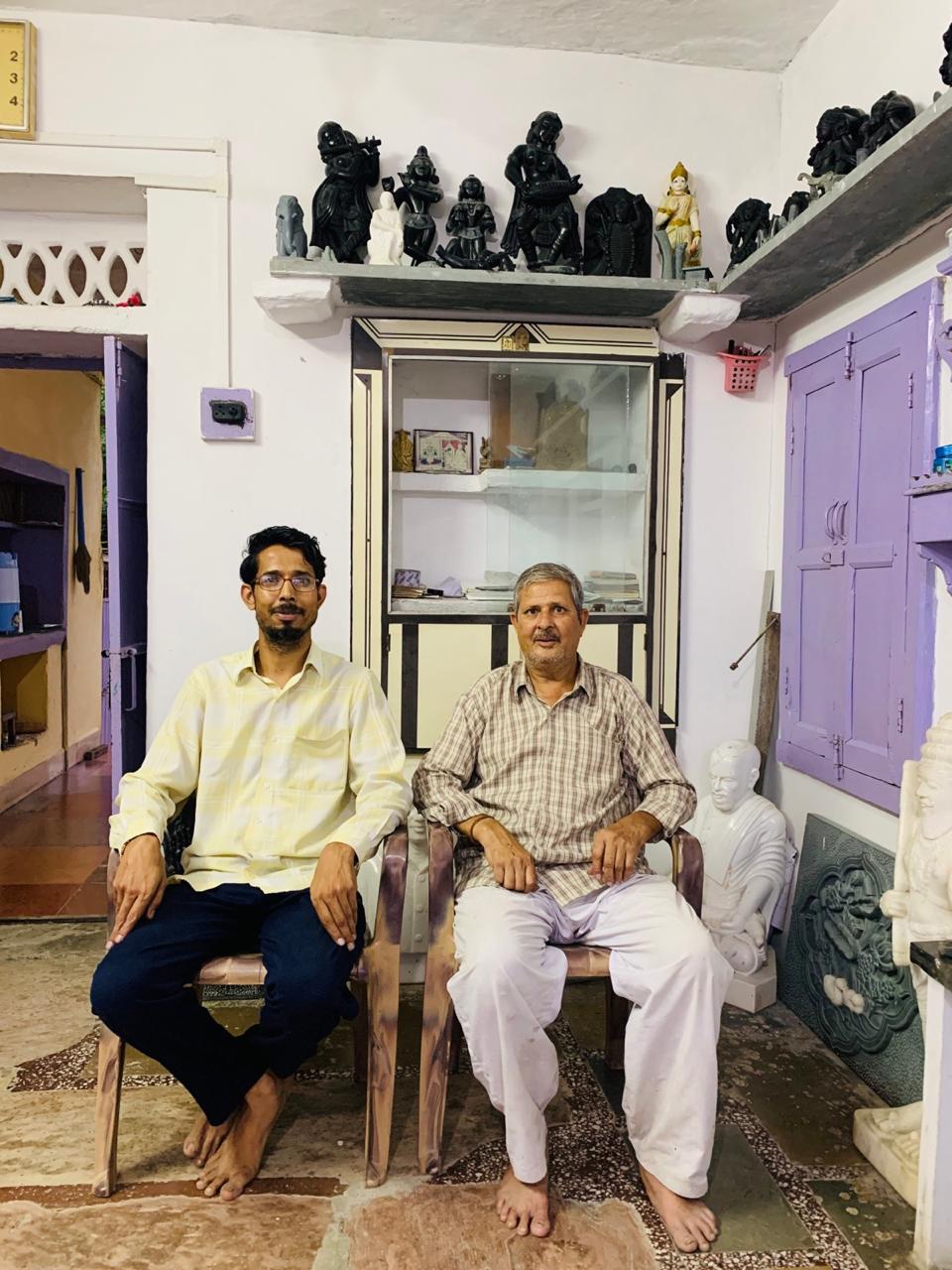
Padmaram Dhande – Patchwork & Hand Embroidery Artisan
Padmaram Dhande is a skilled patchwork and hand embroidery artisan from Chohtan, a village in the Barmer district of Rajasthan, known for its rich heritage in textile crafts. Coming from a family deeply rooted in traditional craftsmanship, Padmaram inherited his skills from his father, Raghuram Dhande, and his grandmother, Rukmabai Dhande, both well-respected artisans in the region.
Padmaram started practicing embroidery and patchwork at the young age of 12, working alongside his family members who nurtured his talent and passed down the intricate techniques of traditional Rajasthani embroidery. His work is known for its detailed patchwork, vibrant color schemes, and traditional motifs inspired by the desert landscapes and local folklore of Rajasthan.
Over the years, Padmaram has mastered various traditional embroidery styles, including Kantha, Appliqué, and Sujani, blending these with his own contemporary innovations. His creations reflect a deep connection to his cultural heritage while also appealing to modern sensibilities.
Padmaram Dhande’s exceptional craftsmanship has earned him several prestigious awards, including:
State Award for Excellence in Hand Embroidery and Patchwork (2015) District Award for Traditional Textile Arts (2012)
His works have been featured in both national and international exhibitions, showcasing the vibrant textile traditions of Rajasthan.
Dedicated to preserving and promoting the rich embroidery and patchwork traditions of his ancestors, Padmaram continues to inspire the next generation of artisans, ensuring that these age-old skills remain vibrant and relevant in today’s world.
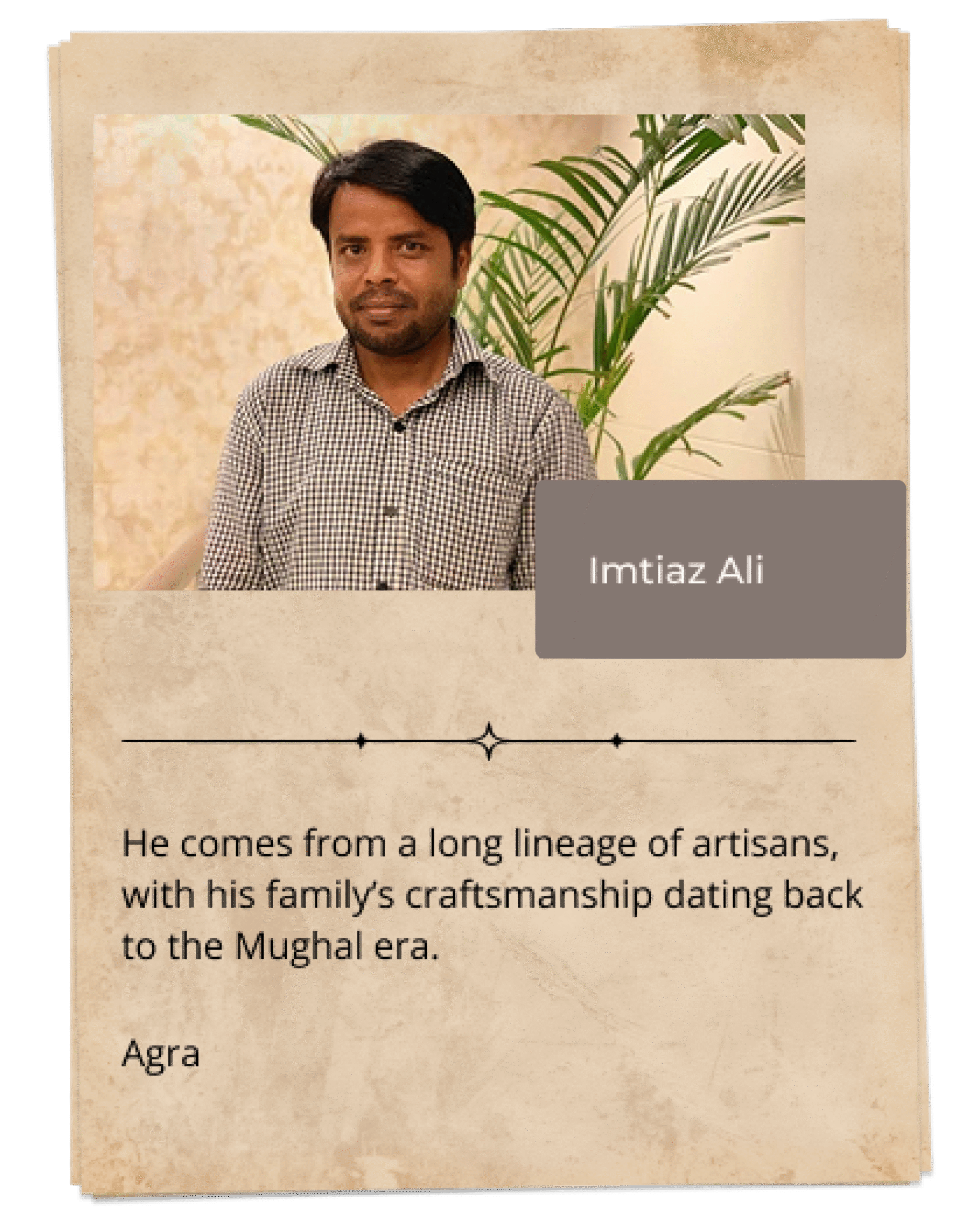
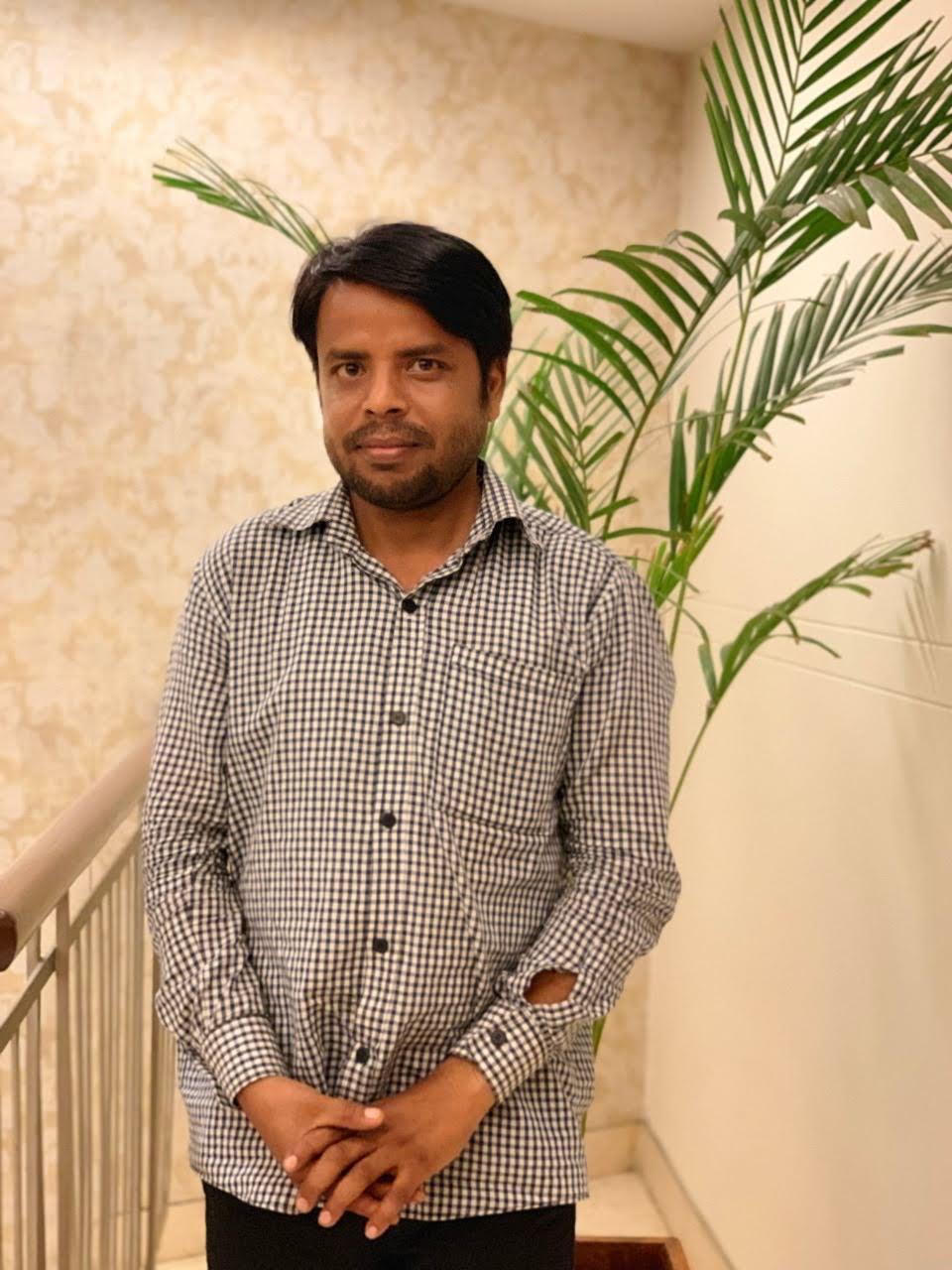
Imtiaz Ali
Imtiaz Ali is a master artisan from Agra, Uttar Pradesh, known for his exceptional skill in stone inlay (Pietra Dura) and lattice (Jali) craftsmanship. He comes from a long lineage of artisans, with his family’s craftsmanship dating back to the Mughal era. Imtiaz inherited his skills from his father, Ustad Shabbir Ali, and his grandfather, Ustad Karim Ali, both renowned for their contributions to keeping these intricate arts alive.
Imtiaz began learning the art of stone inlay and lattice work at the young age of 10, working alongside his father in their Agra workshop. His early exposure to the craft fueled his passion, and over the years, he perfected the techniques that have been passed down through generations. His work is deeply inspired by the magnificent Mughal architecture of Agra, particularly the intricate marble inlay work seen in the Taj Mahal.
As the founder of Al Maun, Imtiaz has dedicated his life to preserving and promoting these traditional crafts. His work showcases the fine artistry of embedding semi-precious stones into marble and the complex geometry of lattice designs, often featuring floral motifs, geometric patterns, and traditional Mughal designs.
Imtiaz Ali has received numerous accolades for his contributions to stone inlay and lattice craftsmanship, including:
National Award for Stone Inlay Craft (2010)
Shilp Guru Award (2018)
Recognition at international exhibitions in London, Paris, and Dubai, where his work was highly praised for its precision and elegance.
Through Al Maun, Imtiaz continues to honor his family’s legacy while also innovating within the craft. His passion for the art form, coupled with his deep respect for tradition, ensures that stone inlay and lattice work continue to thrive in the modern world.
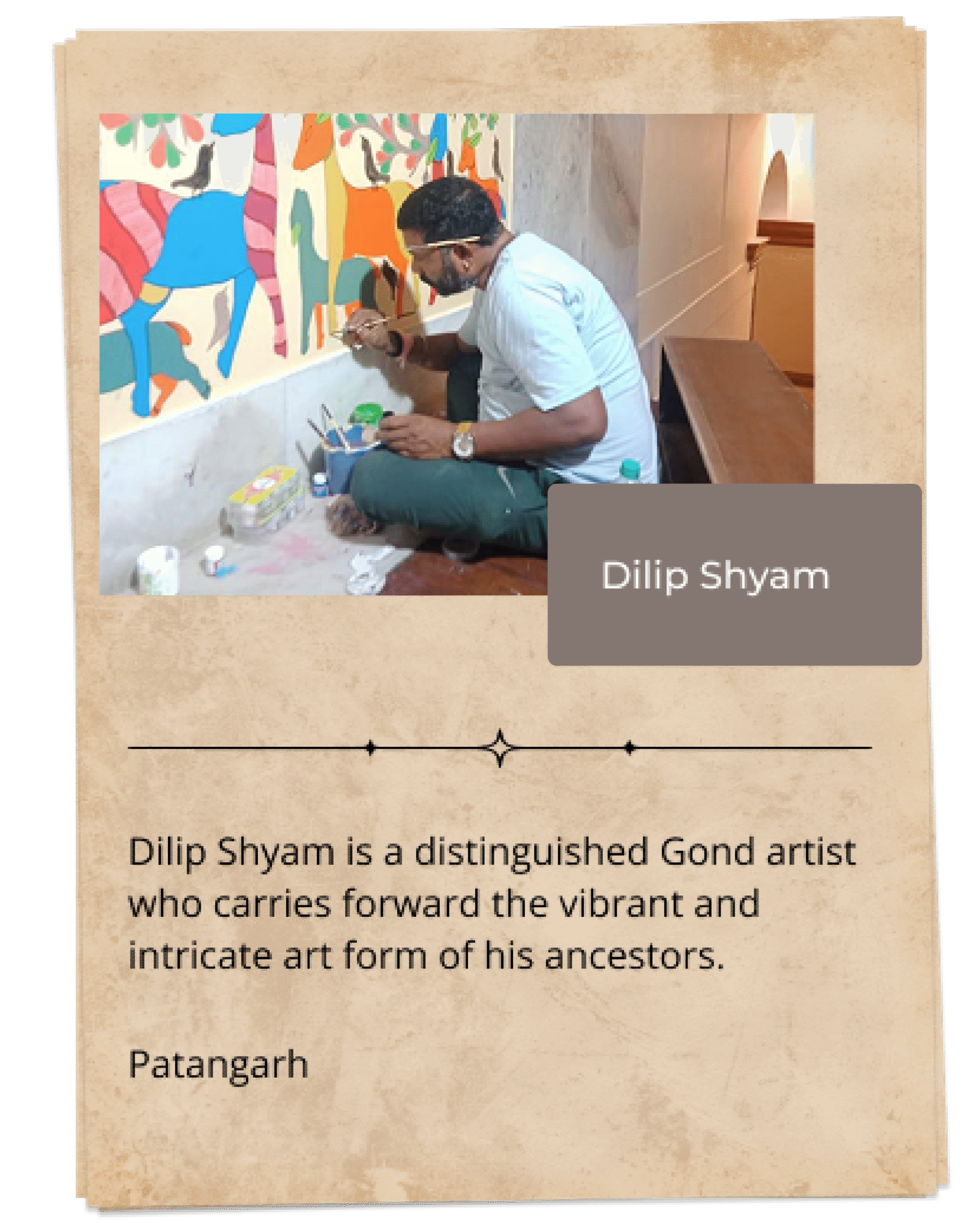
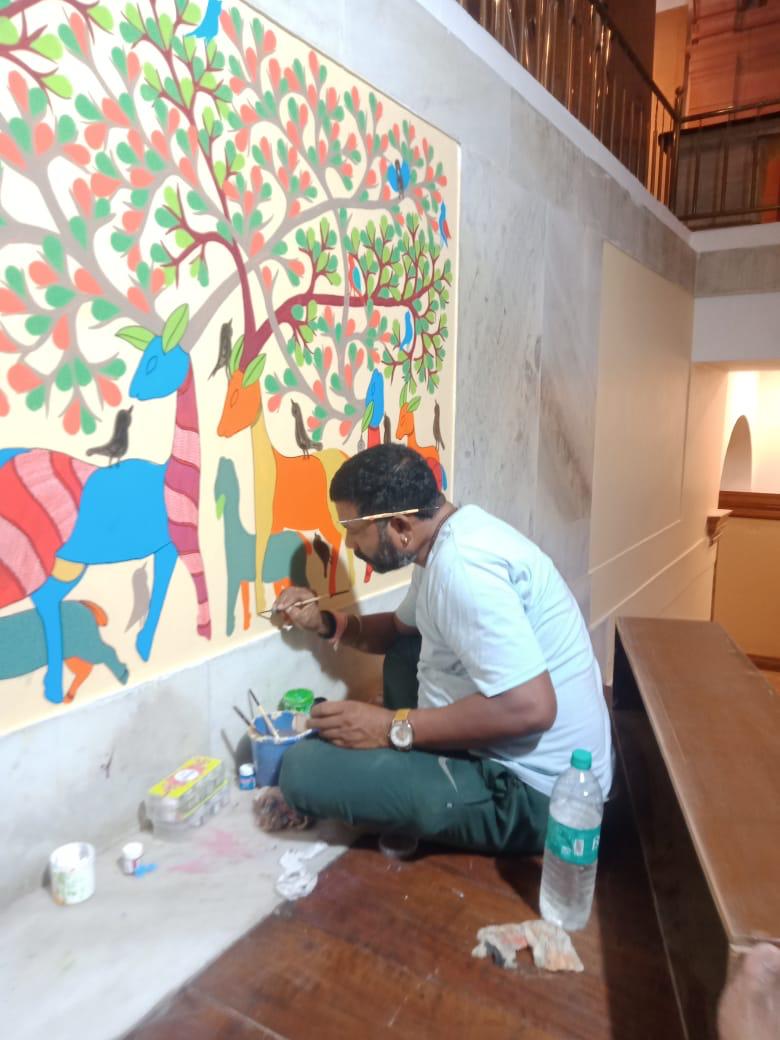
Dilip Shyam – Gond Artist
Hailing from the village of Patangarh in Madhya Pradesh, Dilip Shyam is a distinguished Gond artist who carries forward the vibrant and intricate art form of his ancestors. Born into a family of traditional Gond painters, Dilip is the nephew of the legendary Jangarh Singh Shyam, the artist credited with bringing Gond art to the global stage. Inspired by his uncle’s work, Dilip began practicing Gond art at the young age of 12, guided by the artistic lineage that runs through his family.
Dilip’s work is deeply rooted in the Gond tradition, where nature, folklore, and mythology are brought to life through intricate patterns and symbolic representations. He masterfully blends traditional motifs with contemporary techniques, using natural pigments alongside modern materials. His artwork, filled with depictions of animals, trees, and tribal deities, narrates stories of the Gond community and its symbiotic relationship with nature.
Over the years, Dilip Shyam has received several accolades for his contributions to preserving and innovating Gond art.
Some of his notable achievements include:
National Award for Tribal Art (2015)
AIFACS Award for Excellence in Traditional Arts
Recognition in international exhibitions, including shows in Paris and Tokyo.
Dilip continues to work passionately, committed to keeping the legacy of Gond art alive and passing it down to future generations. His art is a testimony to the rich cultural heritage of the Gond tribe and a bridge between tradition and contemporary expression.
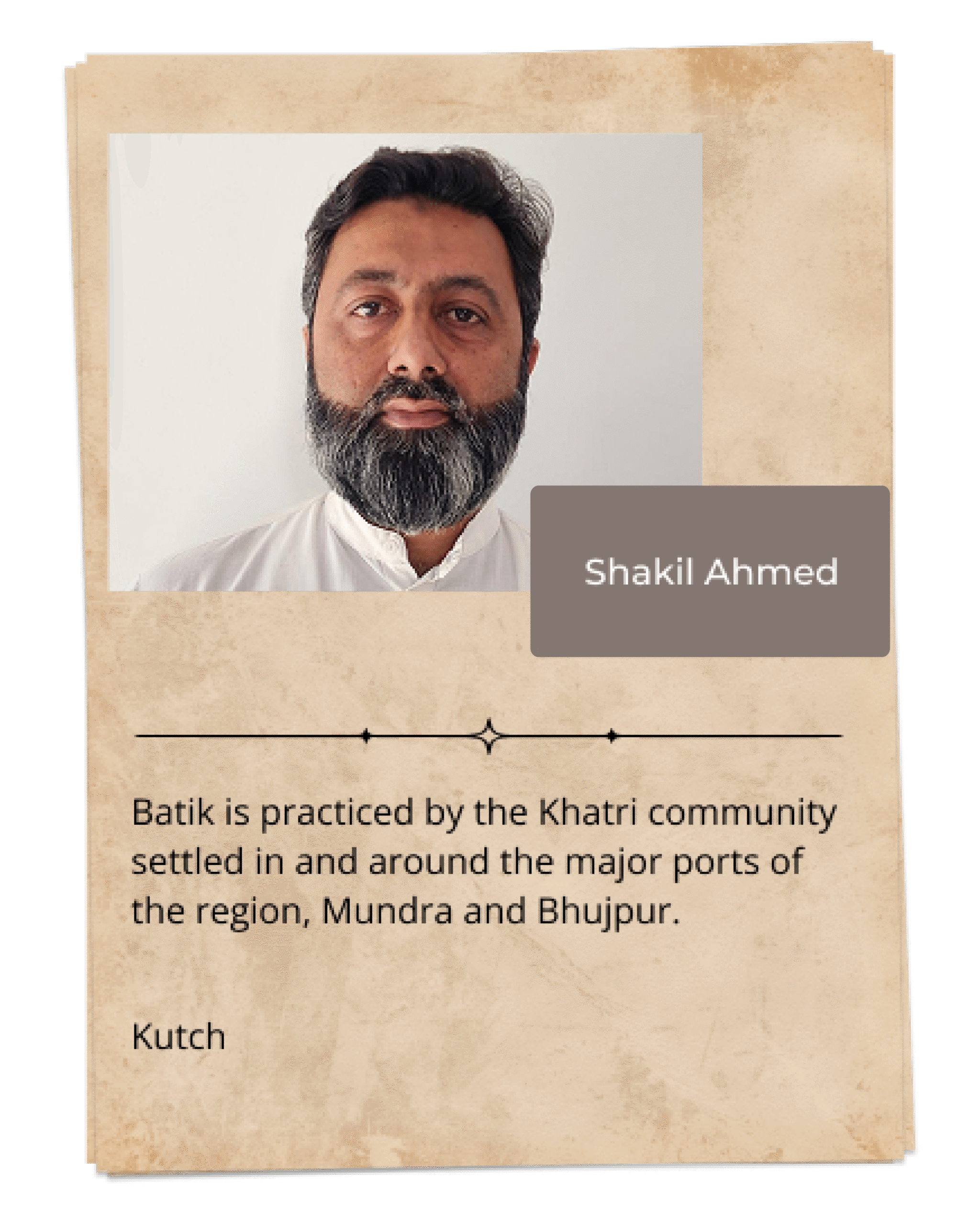
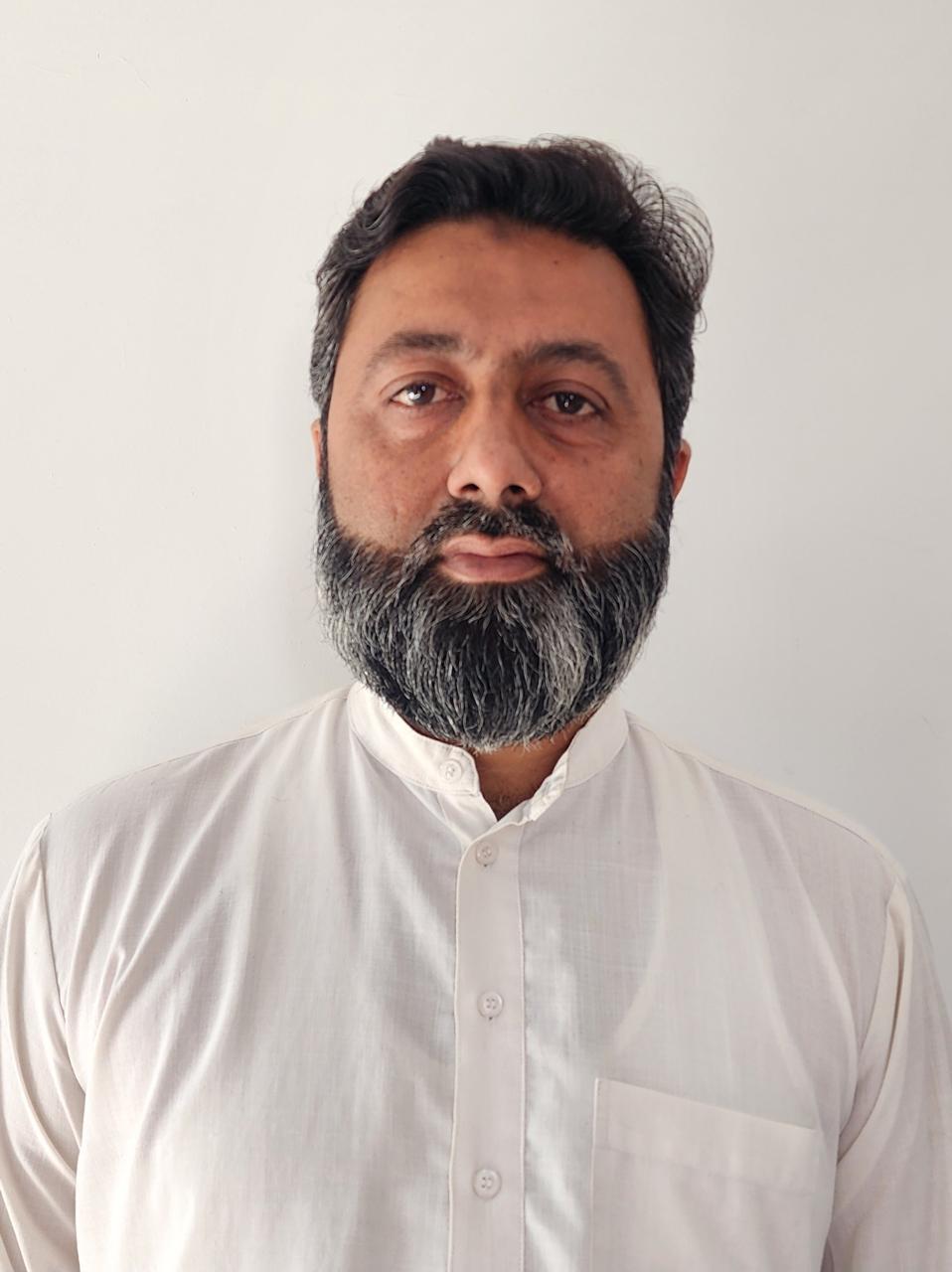
Shakil Ahmed - Kasambhai Khatri
Shakil Ahmed is from the Khatri community in Mundra, Kutch, Gujarat. He is a 6th generation artisan practicing the elegant craft of batik block printing and took design training from Kala Raksha Vidyalaya in the year 2009. He is reviving natural dyeing through batik and create a wider natural colour range.
Batik is practiced by the Khatri community settled in and around the major ports of the region, Mundra and Bhujpur. Resist is applied onto the fabric with the help of a wooden block followed by dyeing. Through the fine cracks that develop in the resist, the pigment seeps in and leaves behind a web of colour, forming the main visual character of Batik.
The 6 generations of Batik are:
1st Generation Alah Rakha Khatri
2nd Generation Sale Mohammad Khatri
3rd Generation Usman Khatri
4th Generation Musa Khatri
5th Generation Kasam Khatri
6th Generation Shakil Ahmed Khatri
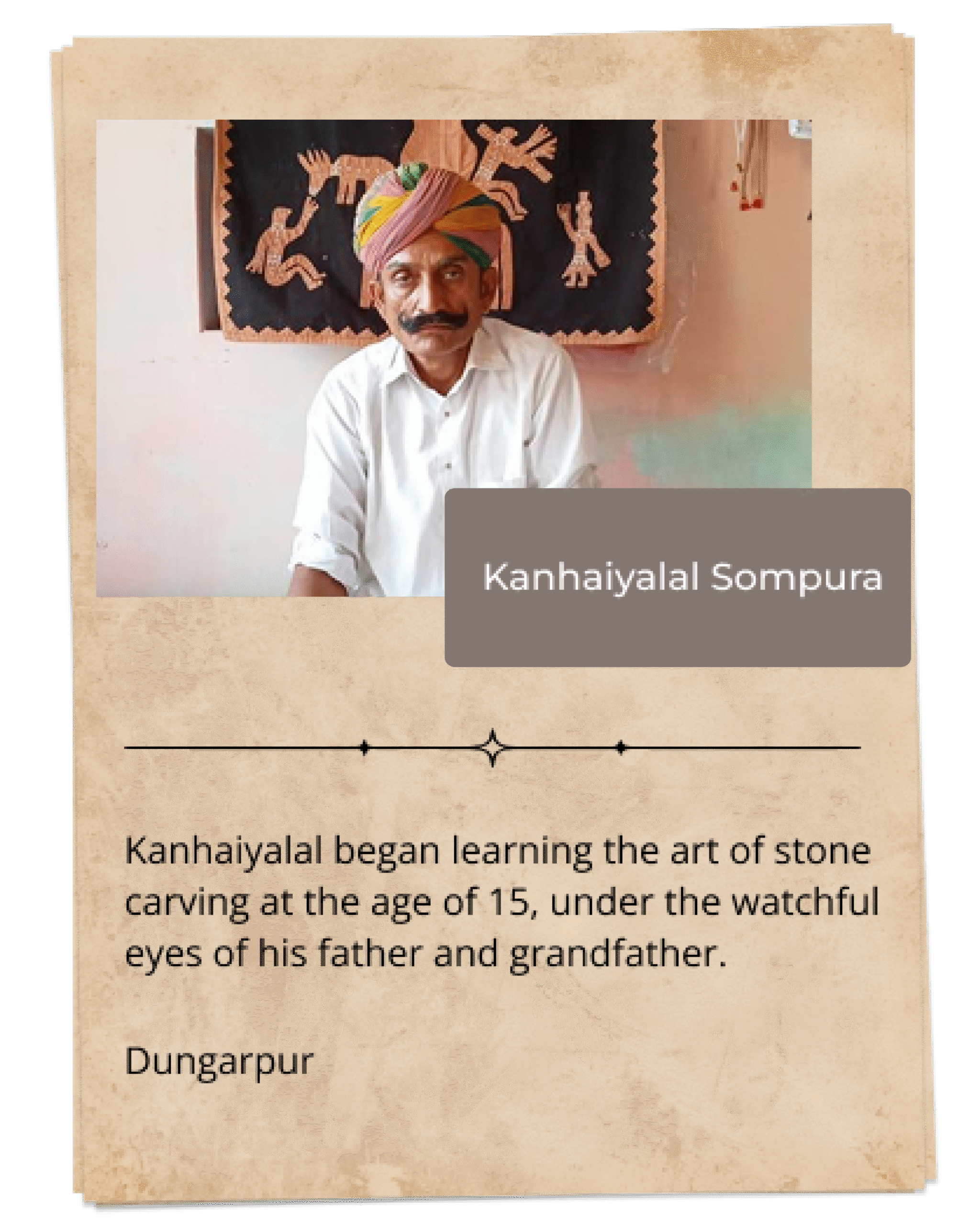

Kanhaiyalal Sompura – Stone Sculptor
Kanhaiyalal Sompura is an exceptional stone sculptor from Dungarpur, Rajasthan, a region famed for its intricate stone craftsmanship and temple architecture. Coming from a lineage of master sculptors, Kanhaiyalal inherited his skills from his father, Mansingh Sompura, and his grandfather, Bhaironji Sompura, both highly respected for their stone carving expertise, particularly in the crafting of temples and sculptures.
Kanhaiyalal began learning the art of stone carving at the age of 15, under the watchful eyes of his father and grandfather. Steeped in the tradition of Shilp Shastra (the ancient Indian science of architecture and sculpture), Kanhaiyalal’s work reflects a deep understanding of proportion, detail, and symbolism, essential in temple architecture and religious sculptures. His carvings are known for their precision and lifelike quality, bringing stone to life in the form of deities, animals, and ornamental designs.
Over the years, Kanhaiyalal Sompura has specialized in carving intricate temple structures, statues, and architectural details using sandstone, marble, and other indigenous stones of Rajasthan. His work is a seamless blend of traditional Rajasthani craftsmanship and timeless artistic forms.
Kanhaiyalal’s dedication to his craft has earned him several accolades, including:
National Award for Stone Sculpture (2017)
Shilp Guru Award (2021)
His works have been showcased in exhibitions and temples across India, receiving widespread acclaim for their artistry and cultural significance.
Kanhaiyalal Sompura remains committed to preserving the ancient traditions of stone sculpture, passing down his knowledge to the next generation of artisans. Through his work, he continues to honor the artistic legacy of his ancestors while contributing to the timeless beauty of India’s architectural heritage.


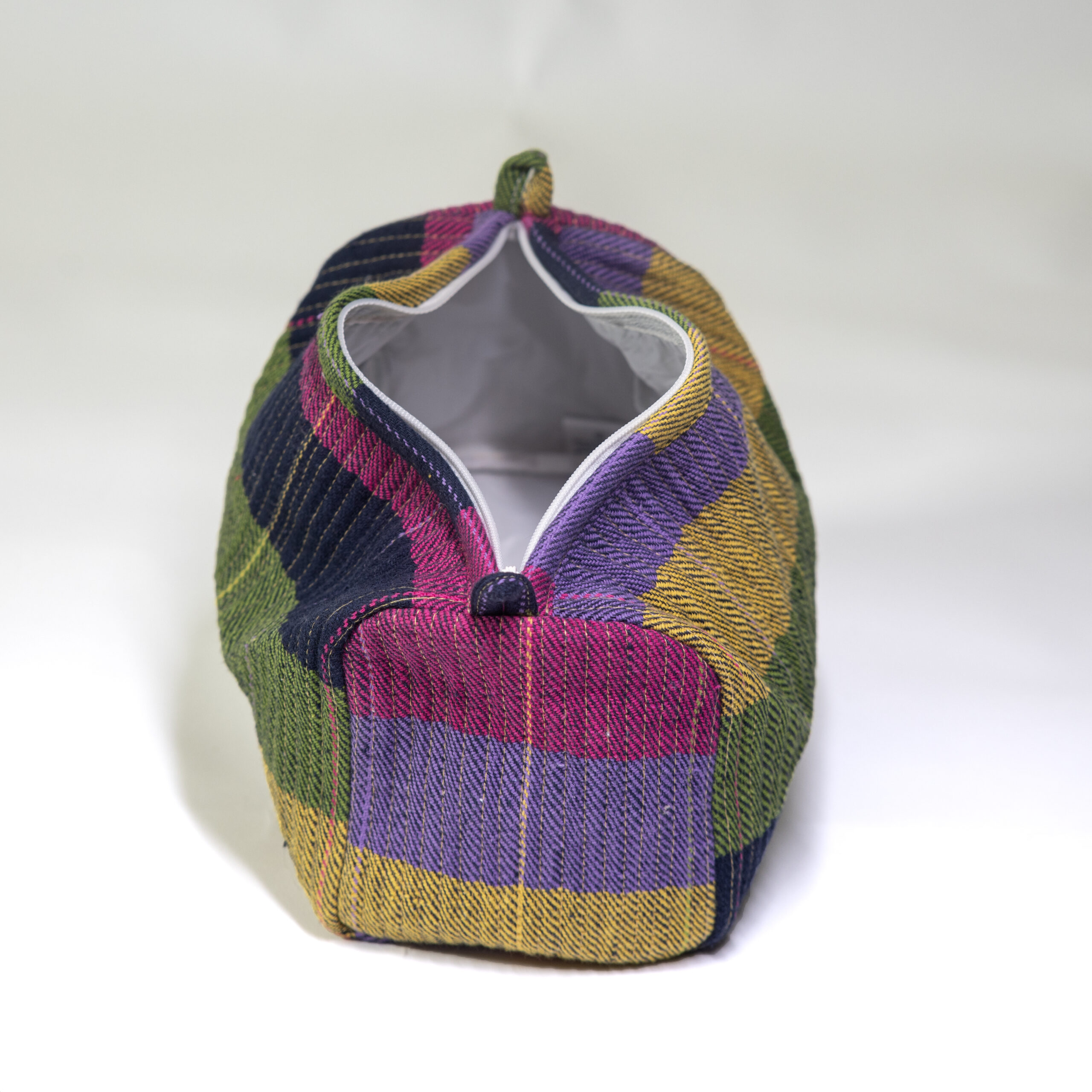
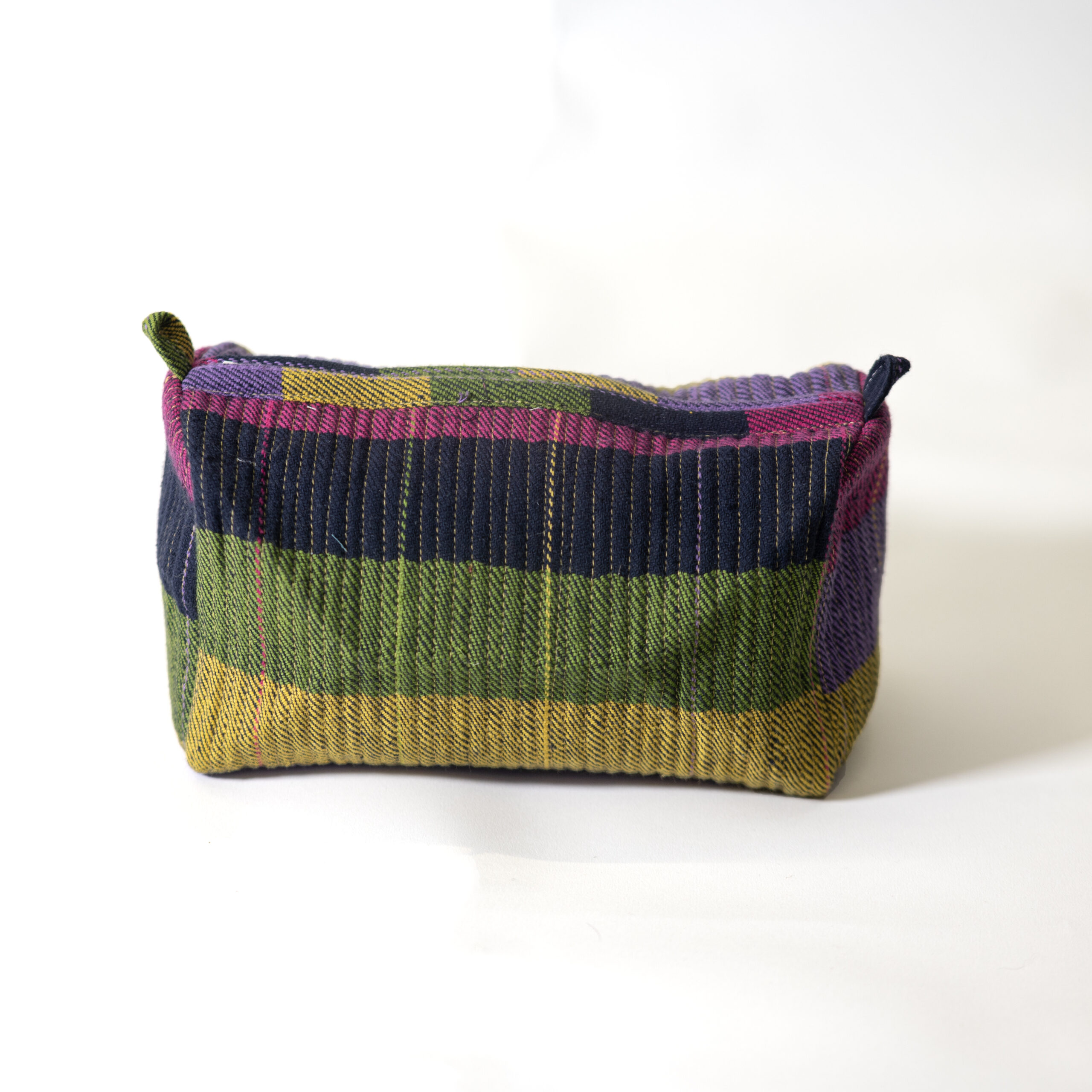
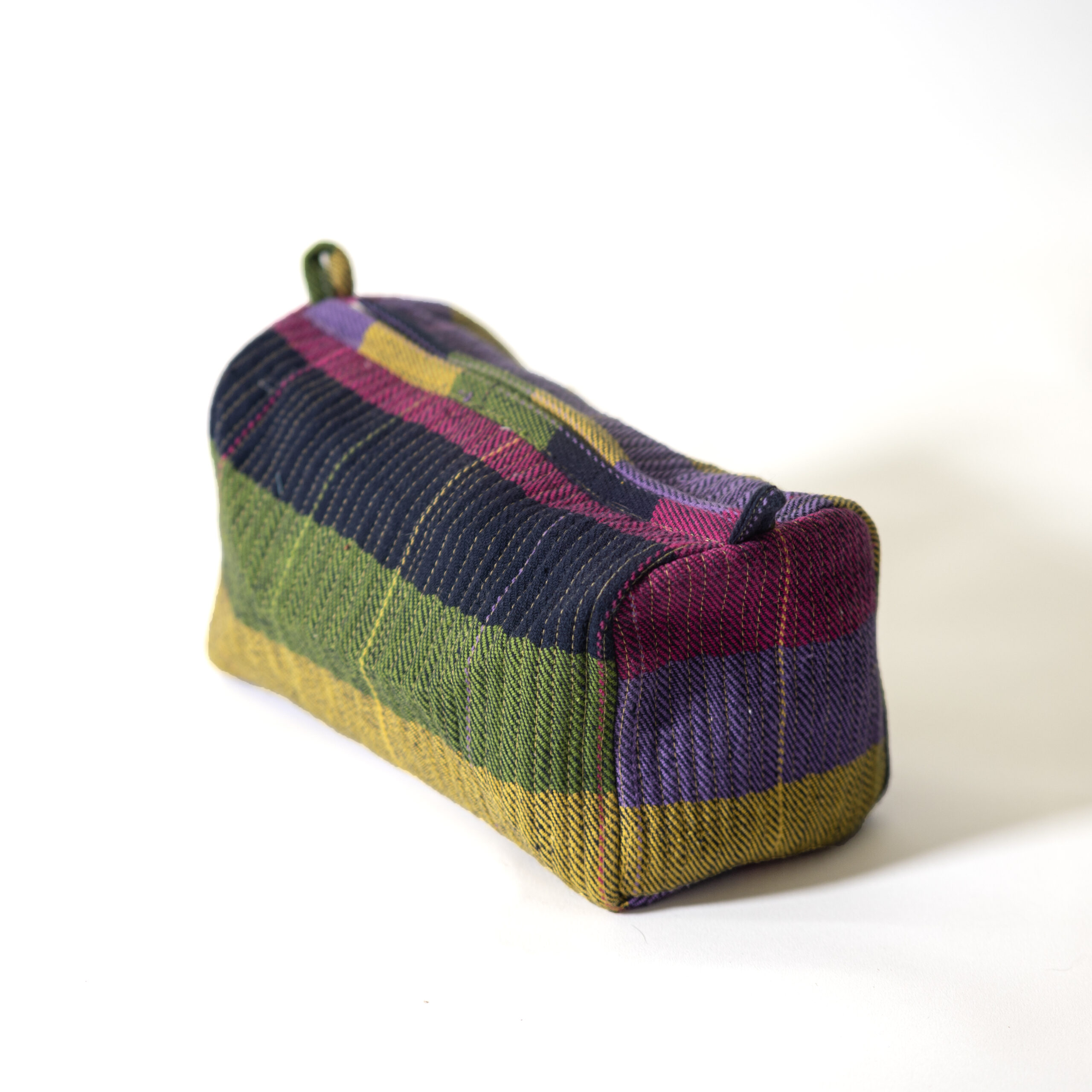
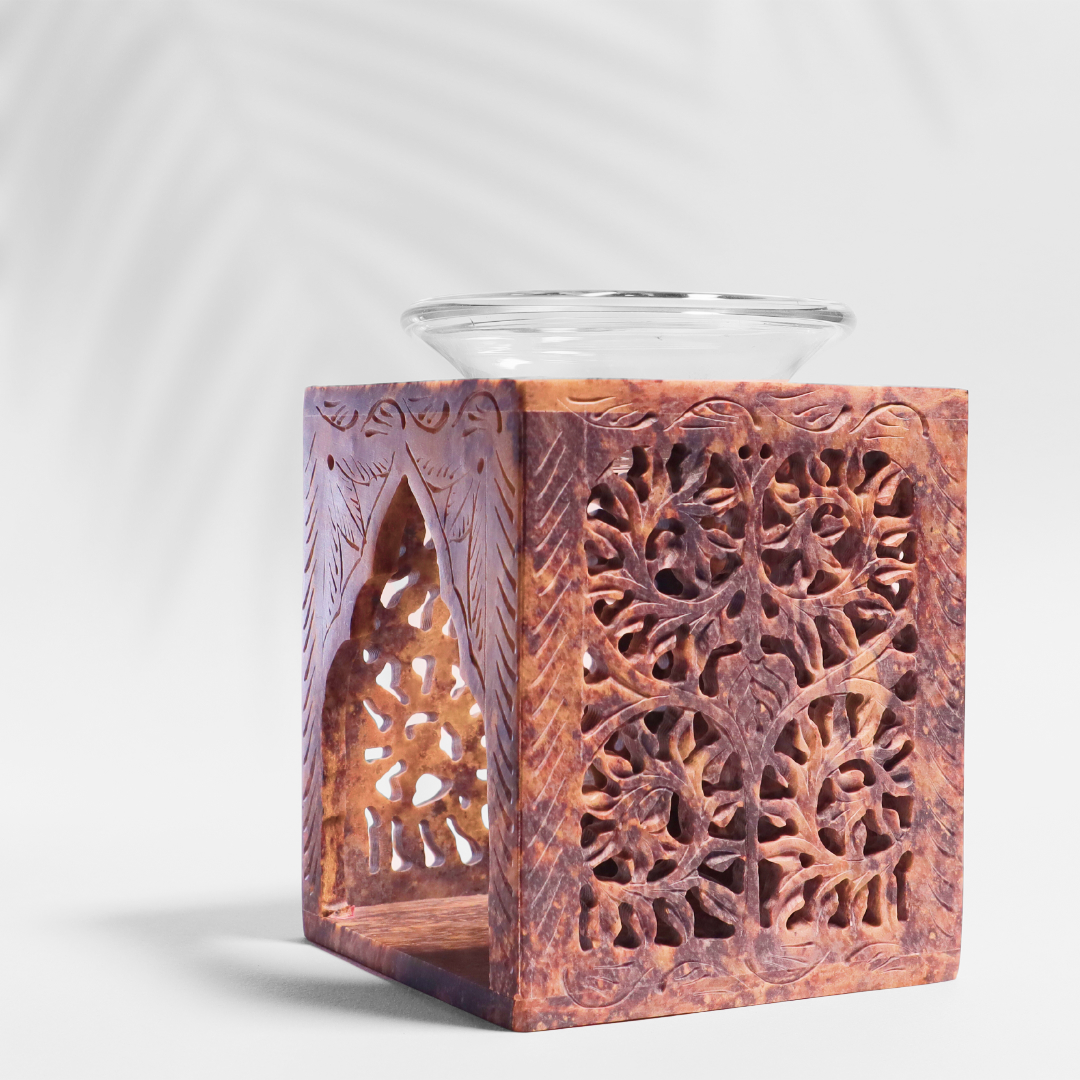
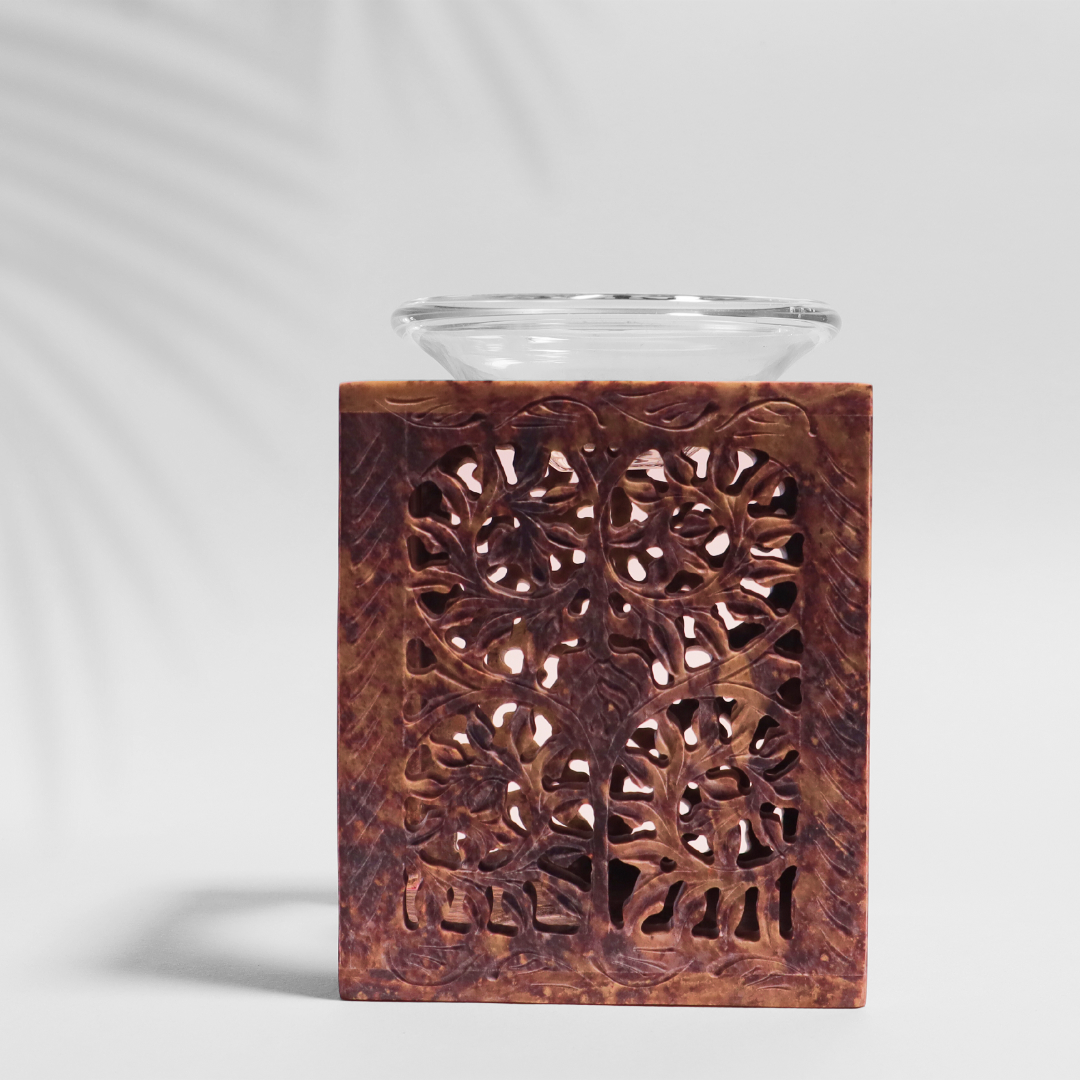
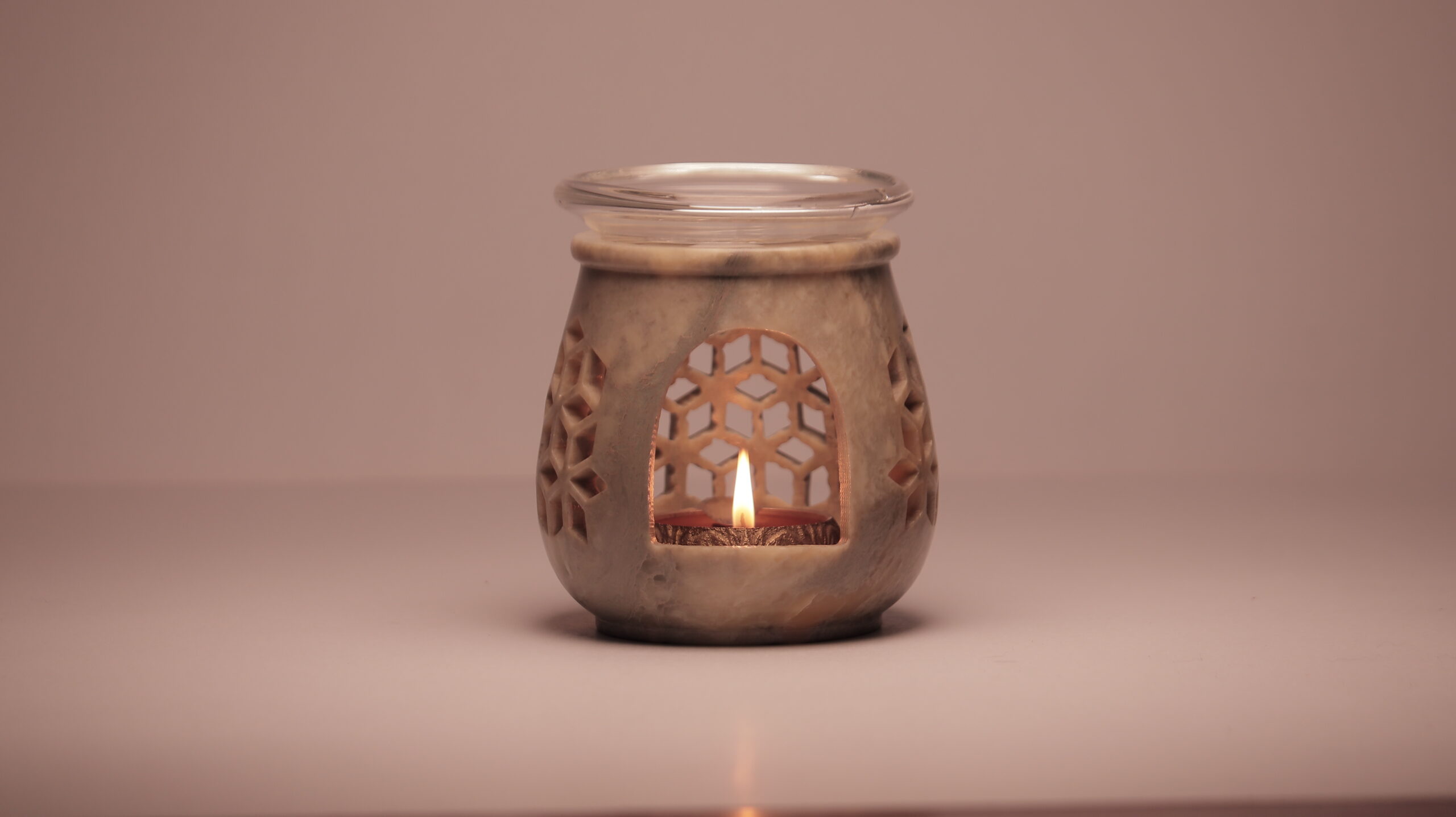
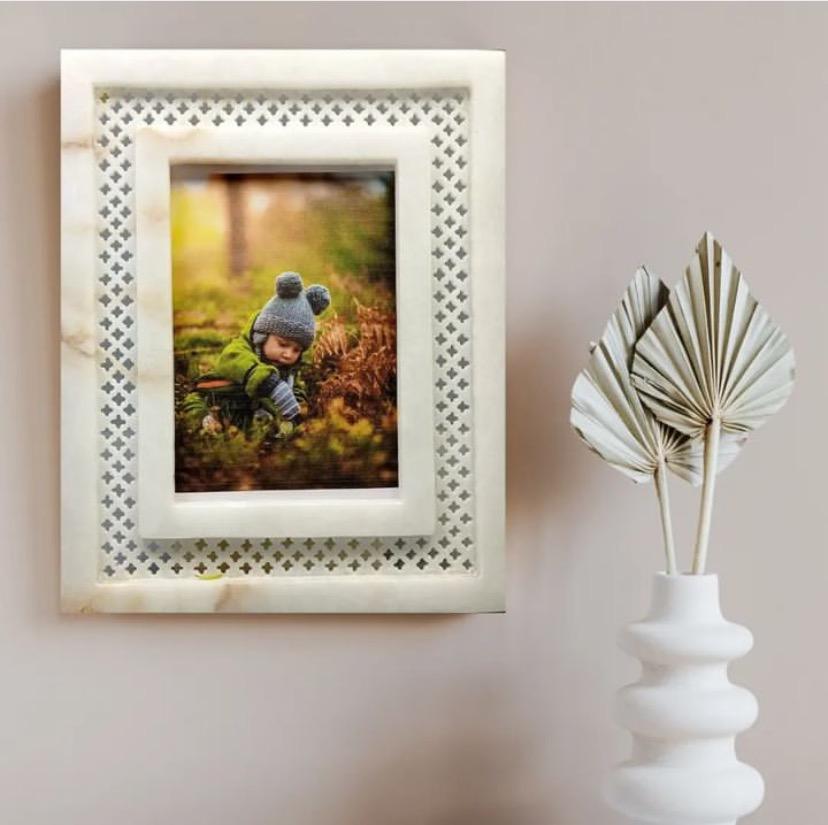
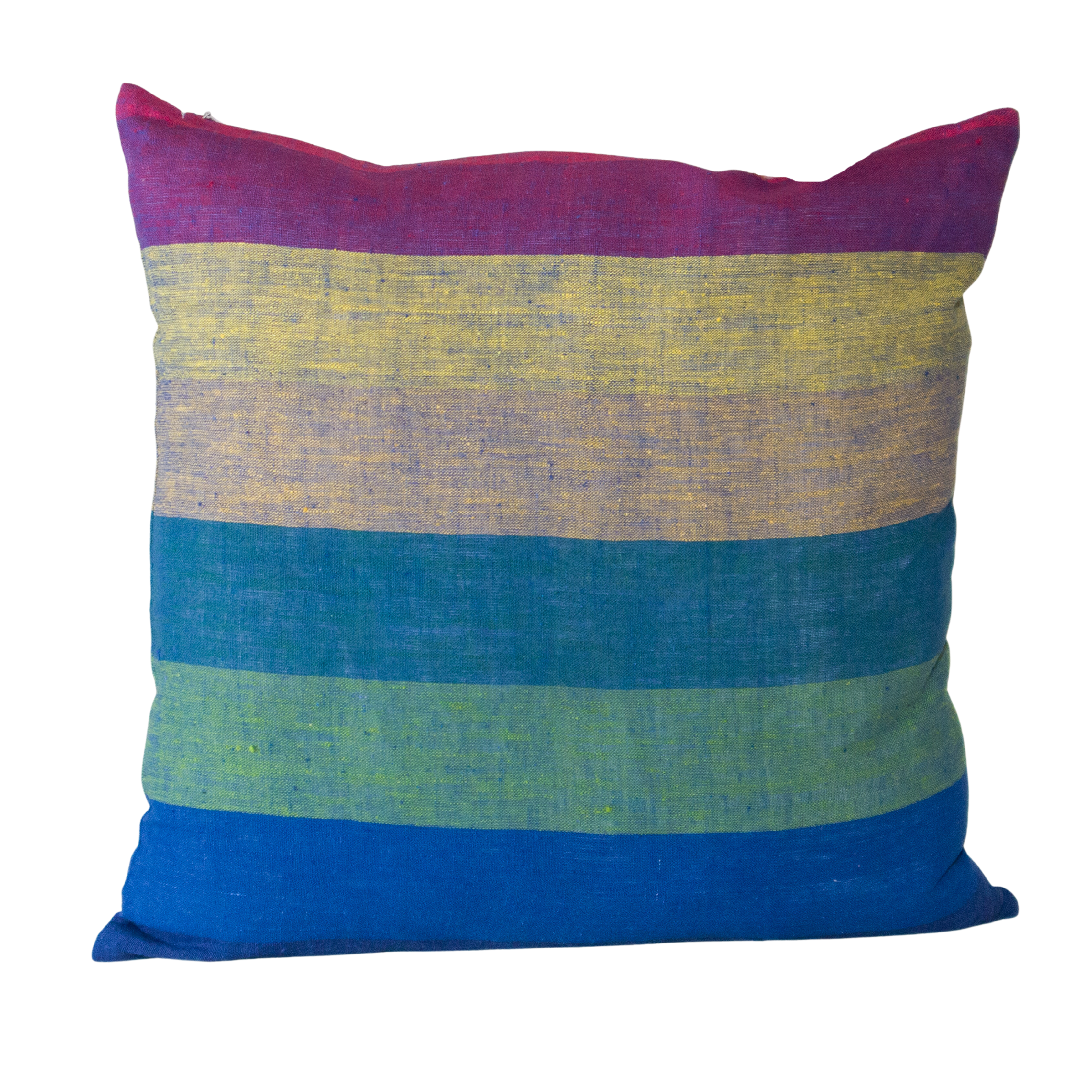
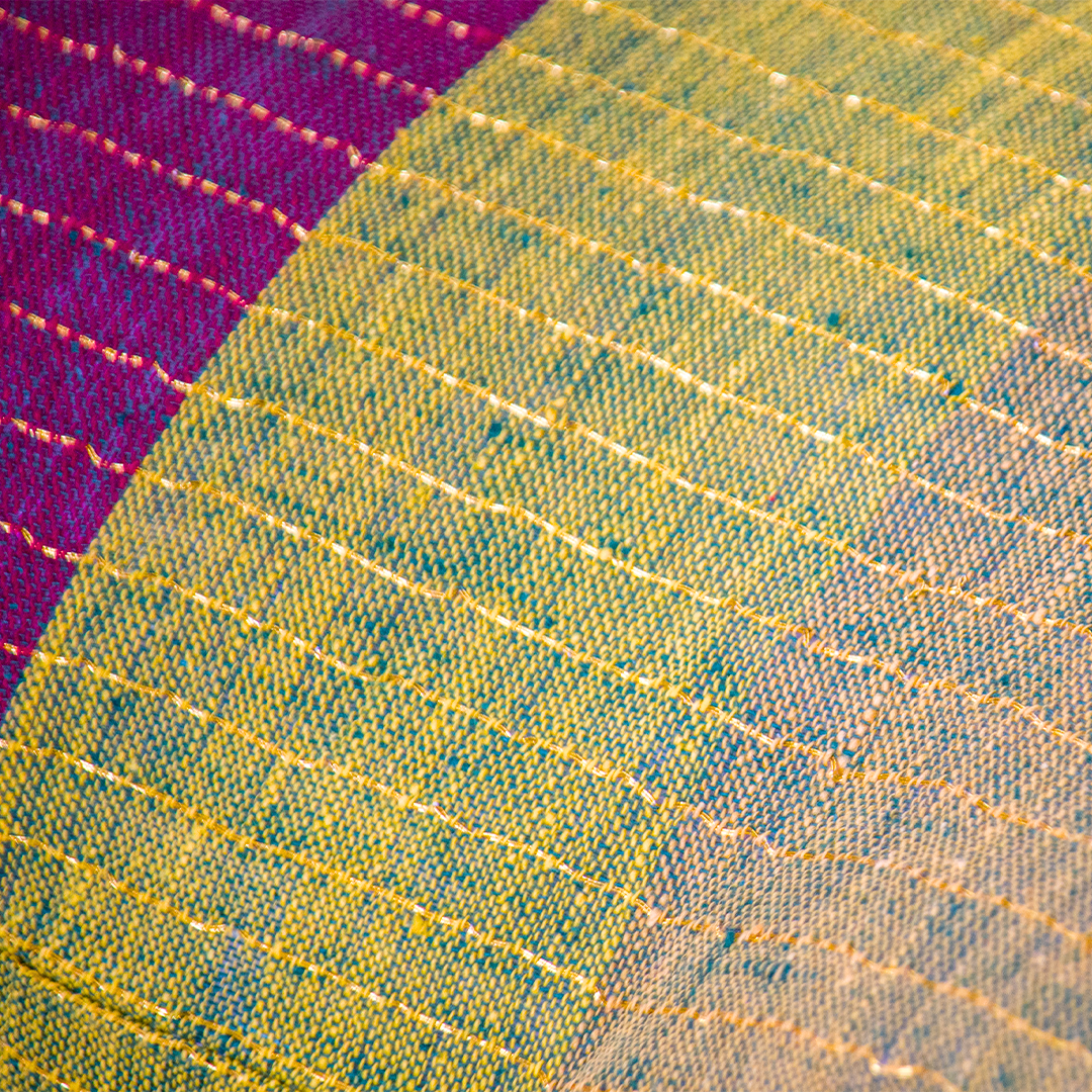
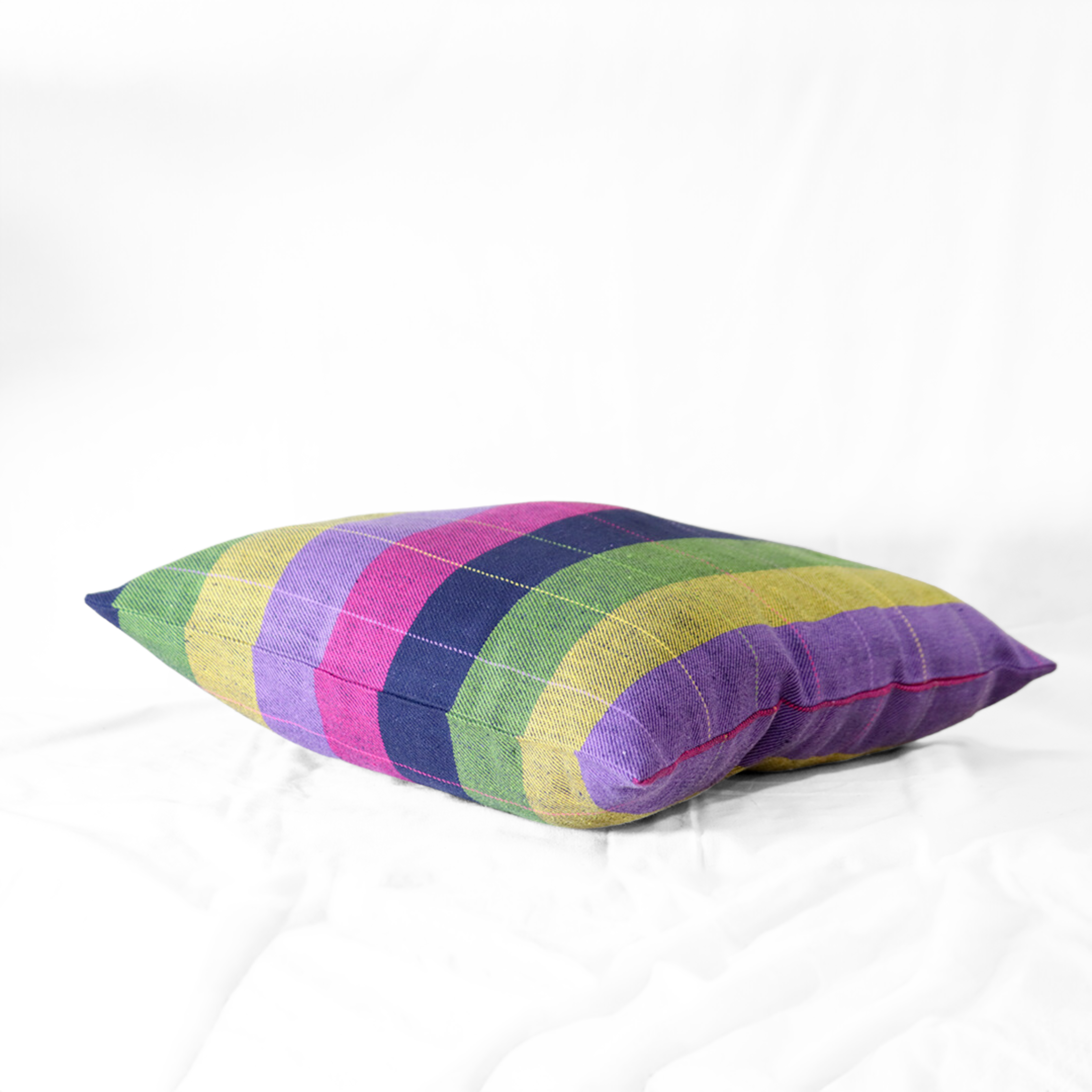

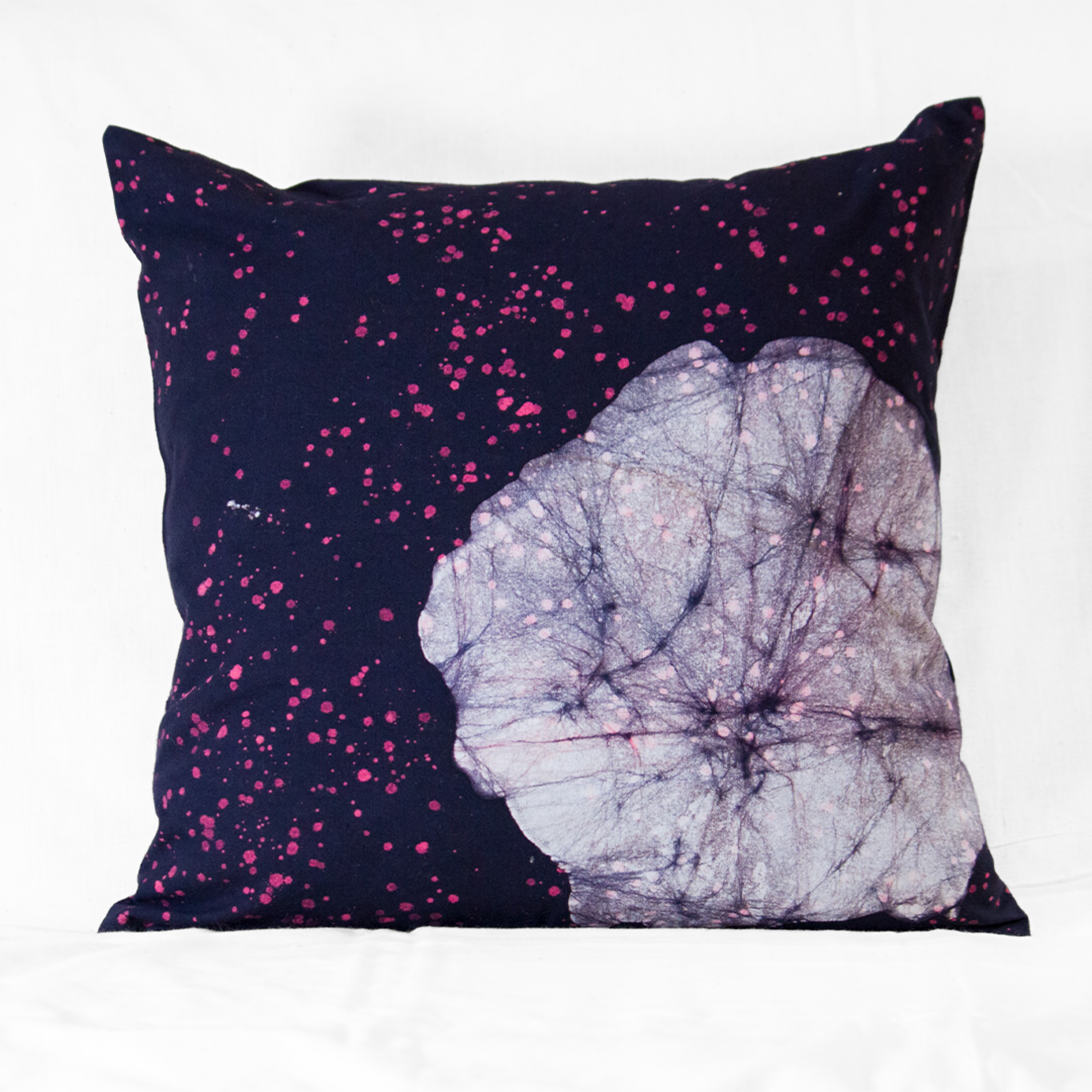
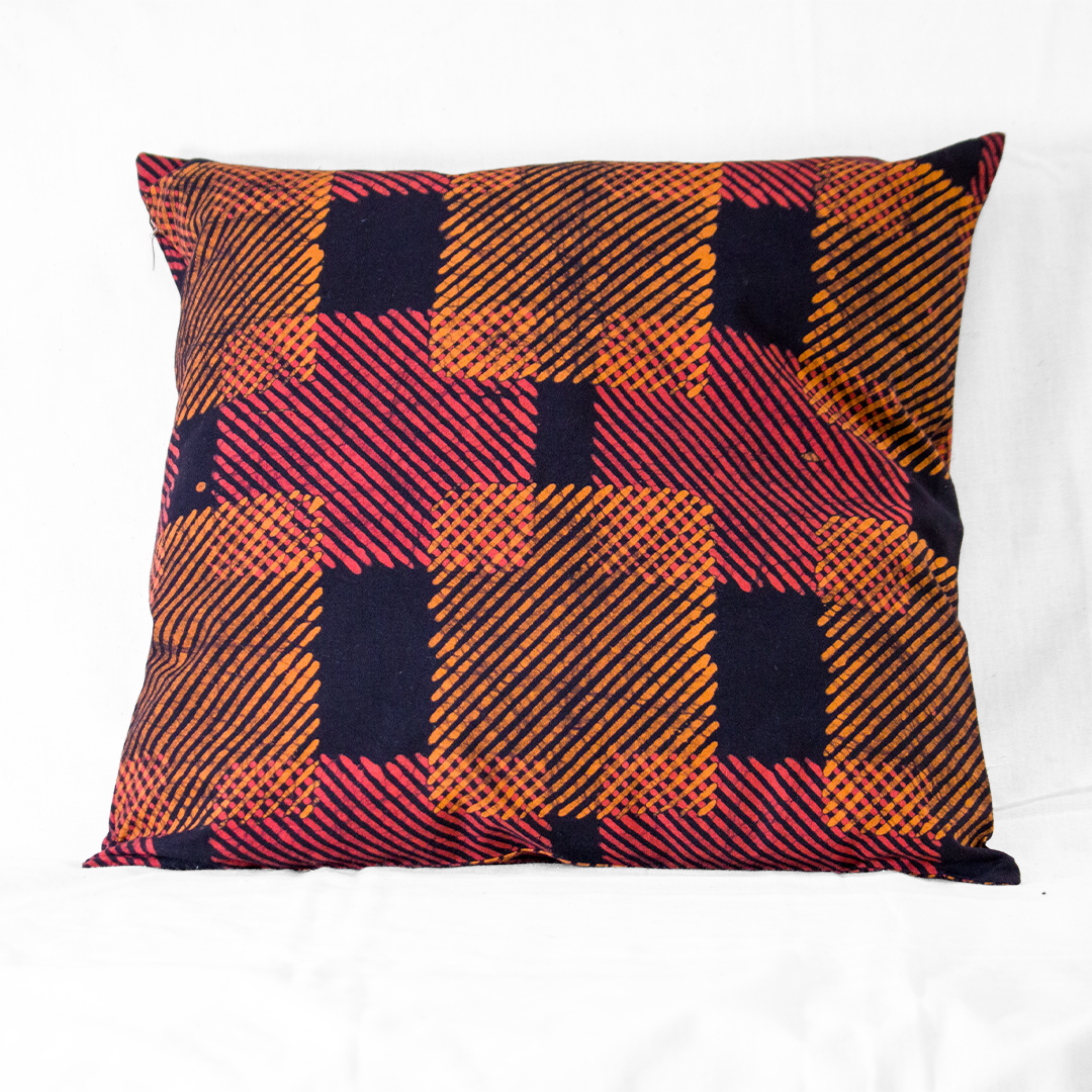
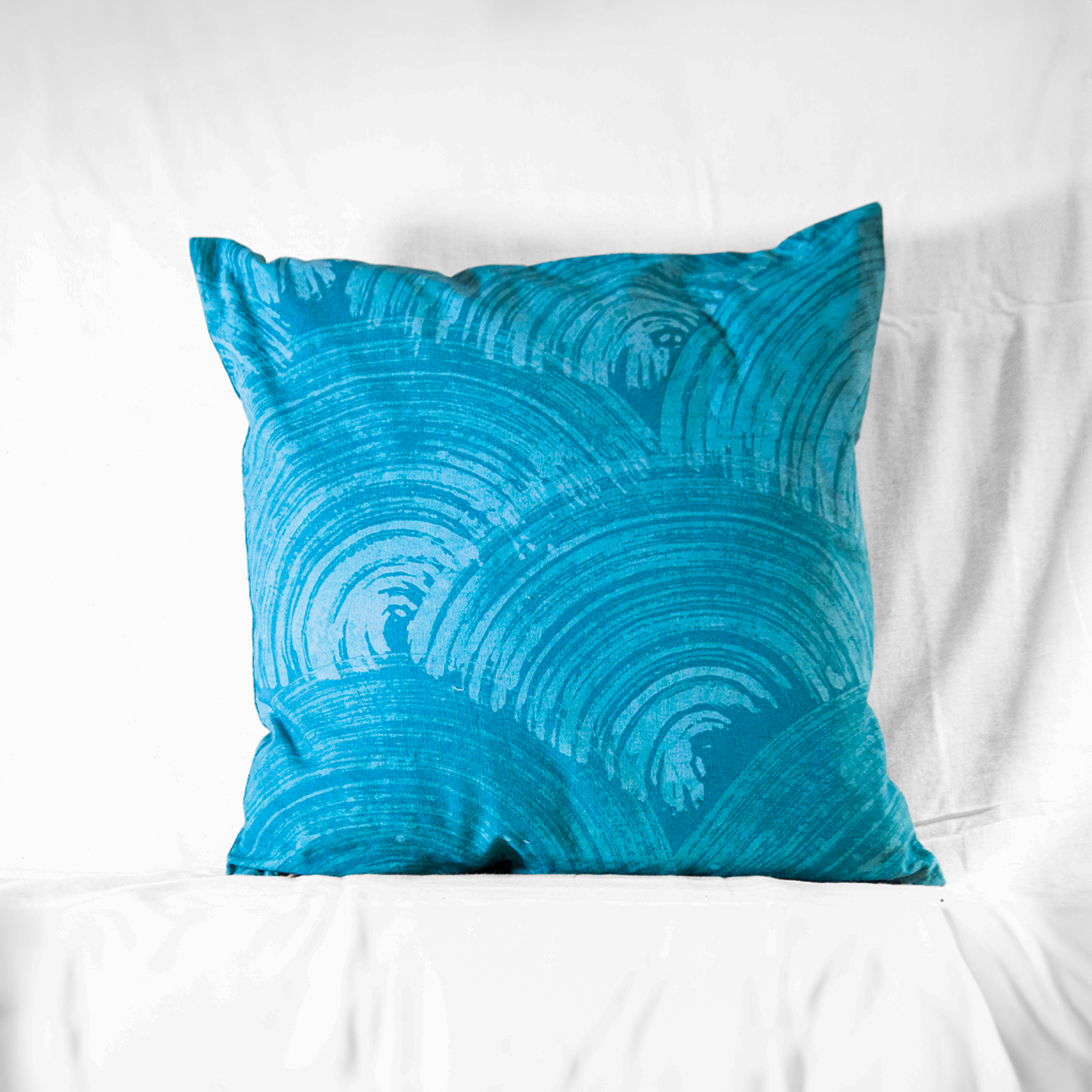

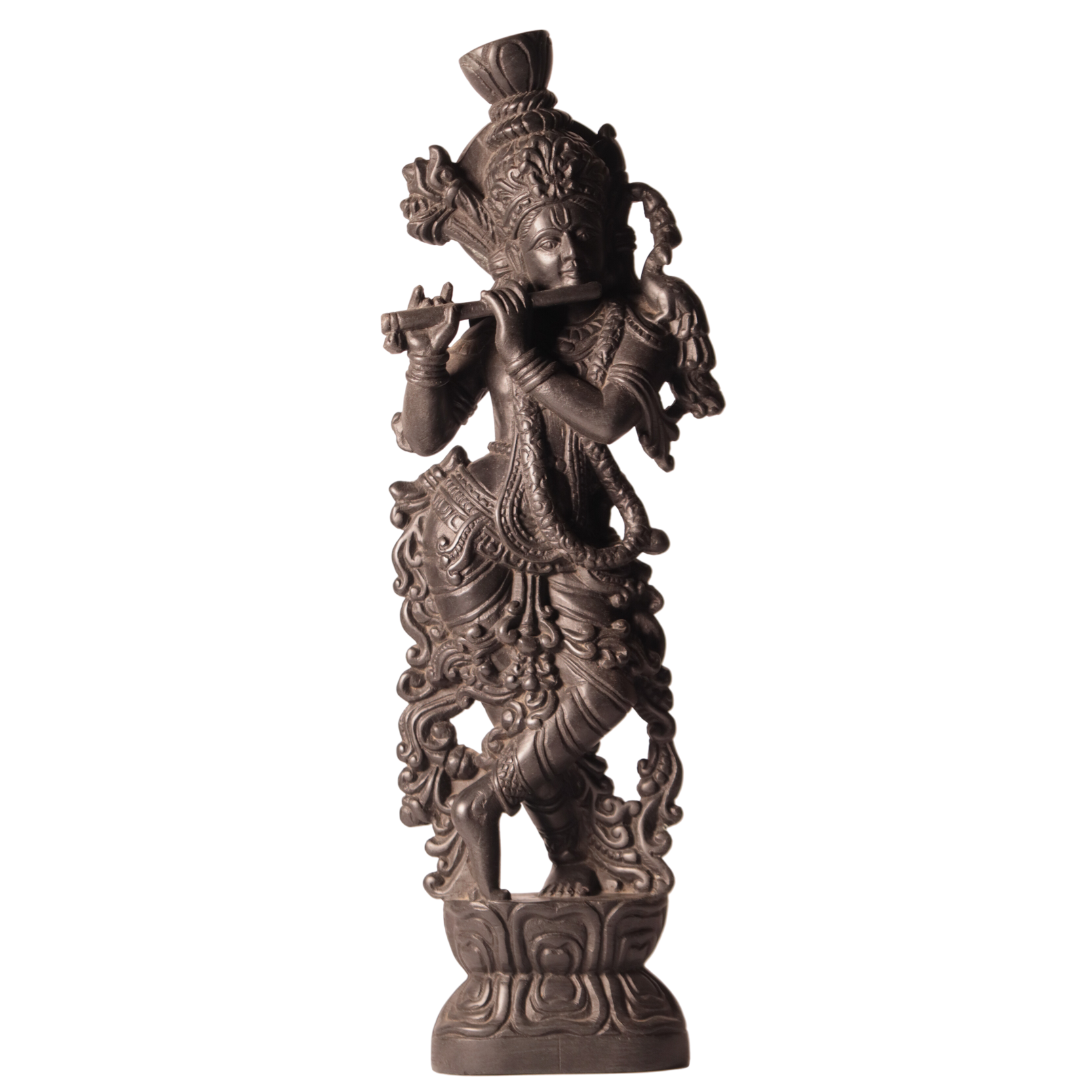
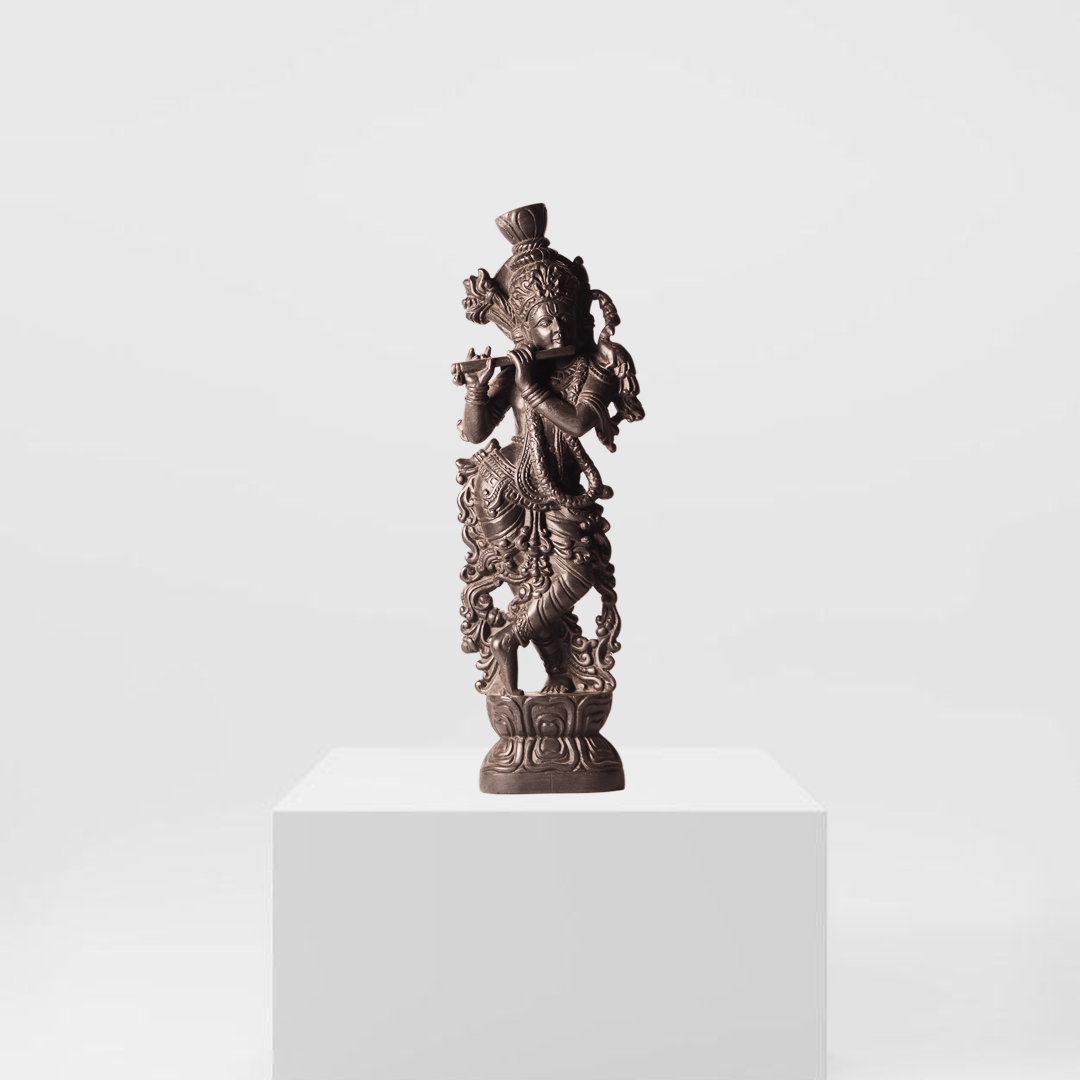
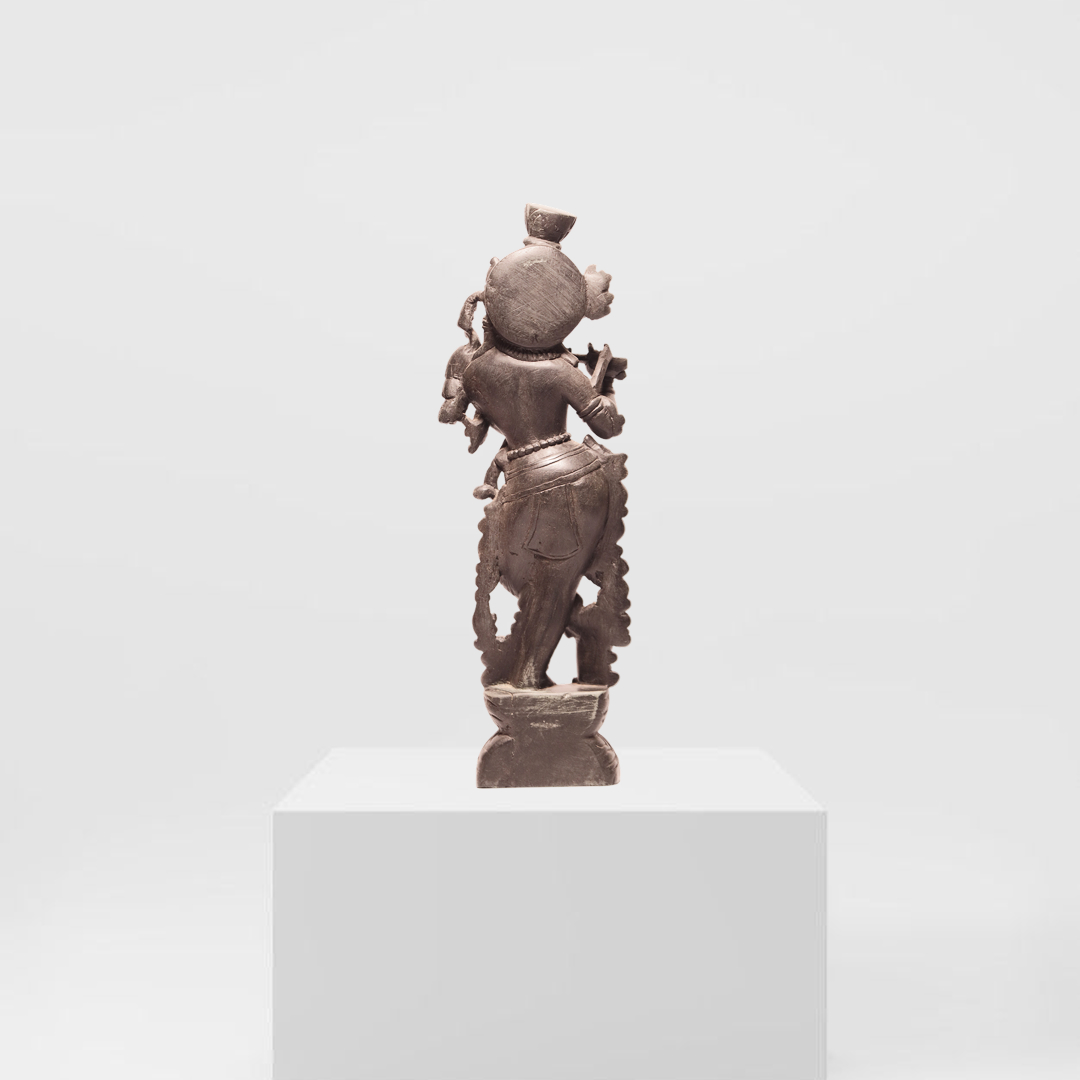
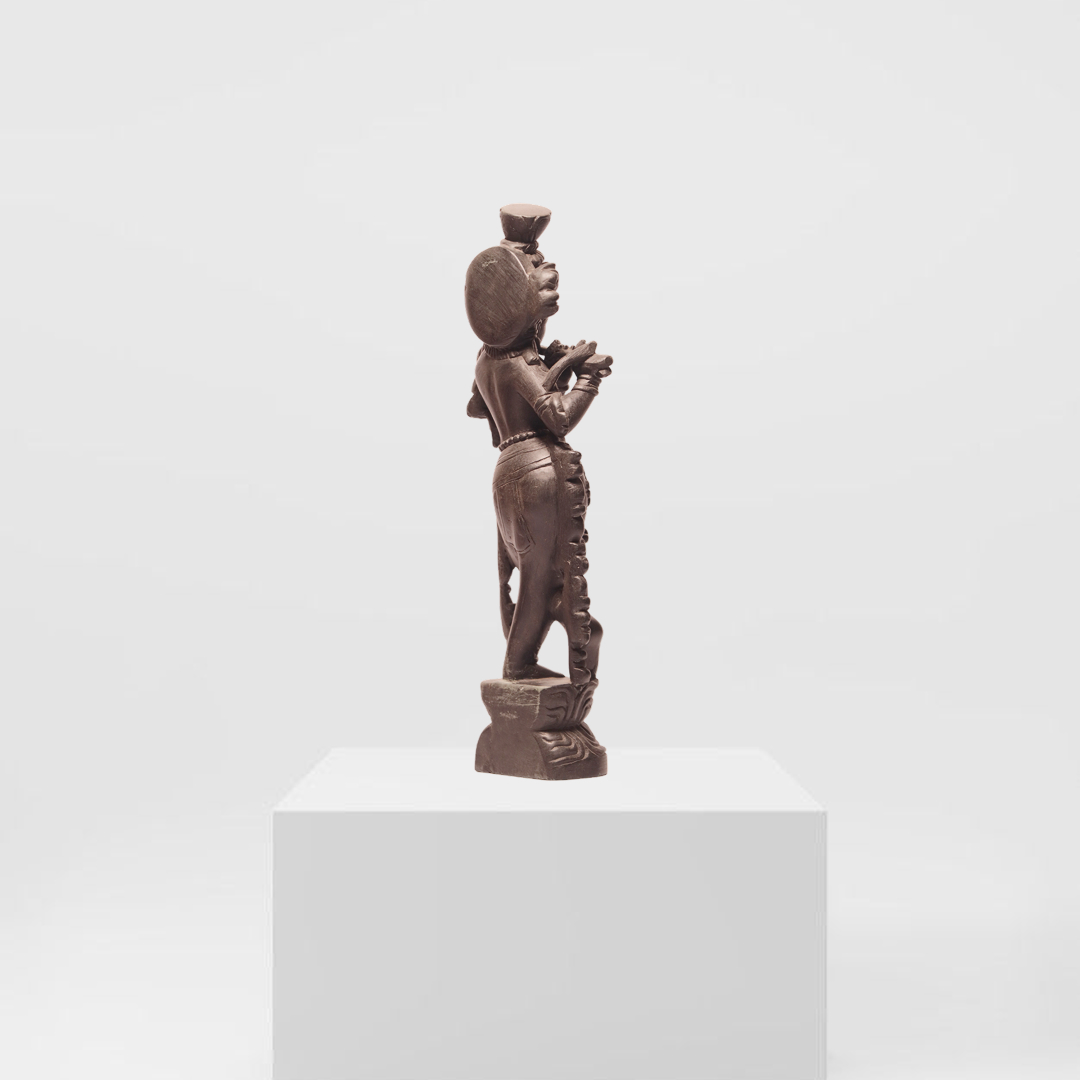
 dnfwnflwfnlfnowfnsldm sdlfnsldfnsldfnsldkfnmlskdmnf
dnfwnflwfnlfnowfnsldm sdlfnsldfnsldfnsldkfnmlskdmnf